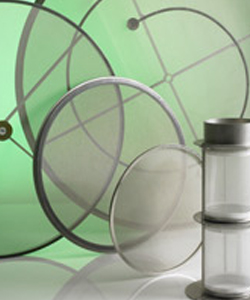Get in touch
Products
industrial MESH SUPPLIES IN AFRICA
TENSIONED SCREENS
To ensure optimal performance for all our tensioned screens, we meticulously assemble and subject them to rigorous testing before packaging.
In the re-meshing process, we prioritize applying precise mesh tension, enhancing screening efficiency, and extending the service life of the screens.
Correct end tension on your machine is crucial for maximizing mesh and machine durability. Improper tension can lead to premature mesh failure and potential screen cracks. End tensioned meshes are commonly utilized on the bottom decks of screen boxes, and tension bars are employed in conjunction with end tension meshes.
Tension bars feature a banana shape, and their curved sections must securely fit within the mesh clamping plate, with the apex facing toward the plate’s center. The bar ends are pitched backward, and tension is applied to the mesh using tensioners located on either side of the tension bar. Adjusting the end tensioners straightens the bar, providing the proper tension to the mesh.
Tips for Tensioning:
- Apply equal tension on both sides.
- Tension until the mesh feels uniformly tense from the center to the sides. Use a rubber mallet to tap the sides and center, assessing any differences in feel.
- New meshes often stretch somewhat in the initial hours of use, especially finer apertures. Re-tension every few hours over the first one or two days.
- Inspect mesh condition and tension at the start of every shift.
- Replace nose rubber with the third mesh change.

Specifications Required to order
*Mesh or micron size
*Bonded or bolted
*Frame size
*Includes centre or without
